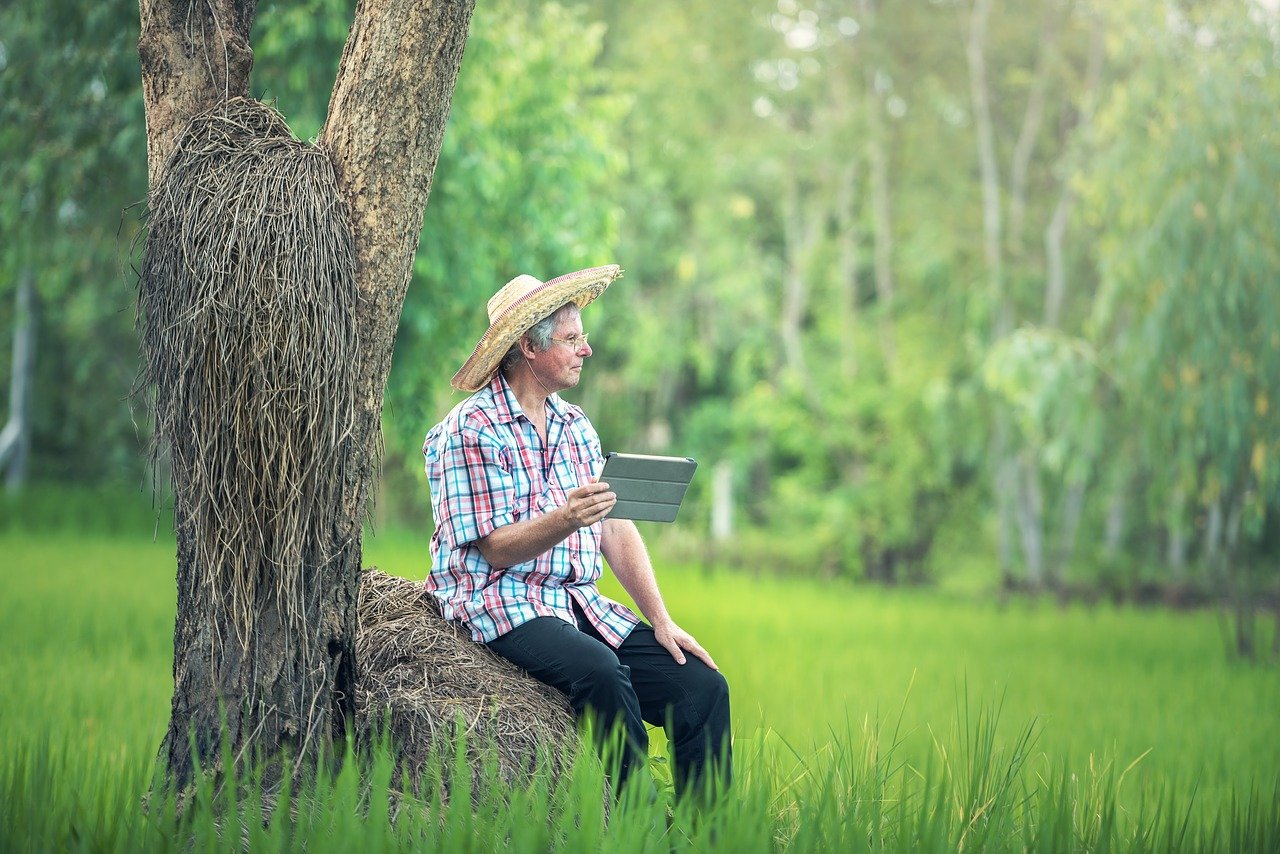Investment firms invested more than $2 billion in agriculture technology startups in 2014 and again in 2020. That trend is expected to continue in 2022 because the demand for innovative farm technology is high, And when the inventors show results, modern farmers have demonstrated the desire to adopt these inventions and new techniques. With that in mind, here are seven emerging technologies that can potentially change the agricultural landscape in the years ahead.
Soil and Water Sensors
The so-called “soil” and “water” sensors brands are a recent trend in the industry. These technologies rely on large-scale data collected from real-world conditions, which many farmers are now looking to track through product notifications and data mapping. The “soil” and “water” sensors brands are especially well-suited for mobile apps and app stores that require only low-cost applications that can be delivered to a large audience. In addition, the platforms that these apps use can also be used to promote your other products and services.
For example, the software that connects farmers to soil and water sensors can be used to track weather conditions, crop yields, and more. This allows you to not just monitor soil health but also track the progress of your enemies those who try to produce and come back easily on this subject …..
Weather Tracking
One of the most important tools for farmers is weather tracking. When farmers track the weather in different days and weeks, they can identify any changes that affect crop production. This is especially important because as the world becomes more temperate, farmers are required to use more and more expensive fertilizers. With a good weather tracking system, farmers can measure and monitor the environment against which they are best prepared.
The sensors in the tents and trailers that store food also provide an important advantage. When the food is delivered to the restaurant, for example, the tents will know that the food is cold, dry, and ready to eat. This allows the farmer to set up their food stand so that it citizens can eat without having to leave their house or go outside into the rain or snow.
Satellite Imaging
One of the newest and most promising agricultural technologies is satellite imaging. That’s because farmers now have the ability to track and monitor crops from a great distance in order to adapt to changes.This technology is useful for monitoring dryness, sport and other issues.
Theodore Hsieh, an engineer at Apple Inc., is the founder of the software company Safari House. He is also the inventor of the first online grocery store, and his company has developed the first truly autonomous driving system.He filed over half a million lawsuits, served as a serving officer in two United States. presidents, and served as a cabinet member in two U.S. presidential administrations.
Pervasive Automation
The ability to automate is a highly important issue because it is the future of the agricultural sector. Pervasive automation can mean the difference between a less efficient farm and a more efficient one that can reach herded animals. It’s also important to note that many software programs and technology combinations are currently in beta or early access, so there is a risk without full release features.
Minichromosomal Technology
This is a process that uses microscopic images to create 3D models of crops or other objects. It is an important part of the software that farmers use to manage their crops. When used effectively, this technology can help you design and maintain your own 3D models, which can then be used to Describe Your crop on a screen.
RFID Technology
This one is a bit of a surprise.But it is a question that is being studied by both farmers and producers. In early development stages, RFID technology is used by farmers to tag crops with special signals that control how they are grown. The signal is sent to a GPS tracking system that will allow the tags to be easily accessible if necessary. Once the crop is finished growing, the signals are sent to a then-pending contactor, which will combine the data from the multiple tags into a single report.
The impact of this technology on agriculture is clear. By freeing up information needed for grower data collection, farmers can reduce the amount of data they need to gather from each crop.
Vertical Farming
Vertical farming is a technology that uses a grower’s or broker’s eye view of the Stematalar, a type of corn plant. The project has the potential to improve on the yields of corn crops by allowing for more L/C than is currently possible.
The7indlePlayer
Steep agriculture or standing husbandry is the application of works in the more subordinate domains of Construction and caters, otherwise, would be impossible to reach with traditional methods such as ground planting. Vertical agriculture may well enable society to address some of the problems it faces such as hunger and poverty.
Horizontal agriculture
Vertical agriculture is a technology that uses a grower’s or broker’s eye view of the corn plant.
Final Thoughts
This article has been designed to provide a comprehensive perspective on digital marketing for agricultural businesses. Though it’s a complex topic, the purpose of this article has been to provide a head’s up about some of the most important technologies and how they work from a business perspective. As the years go by, it’s more important than ever for businesses to have an effective digital strategy and I hope this has been helpful

